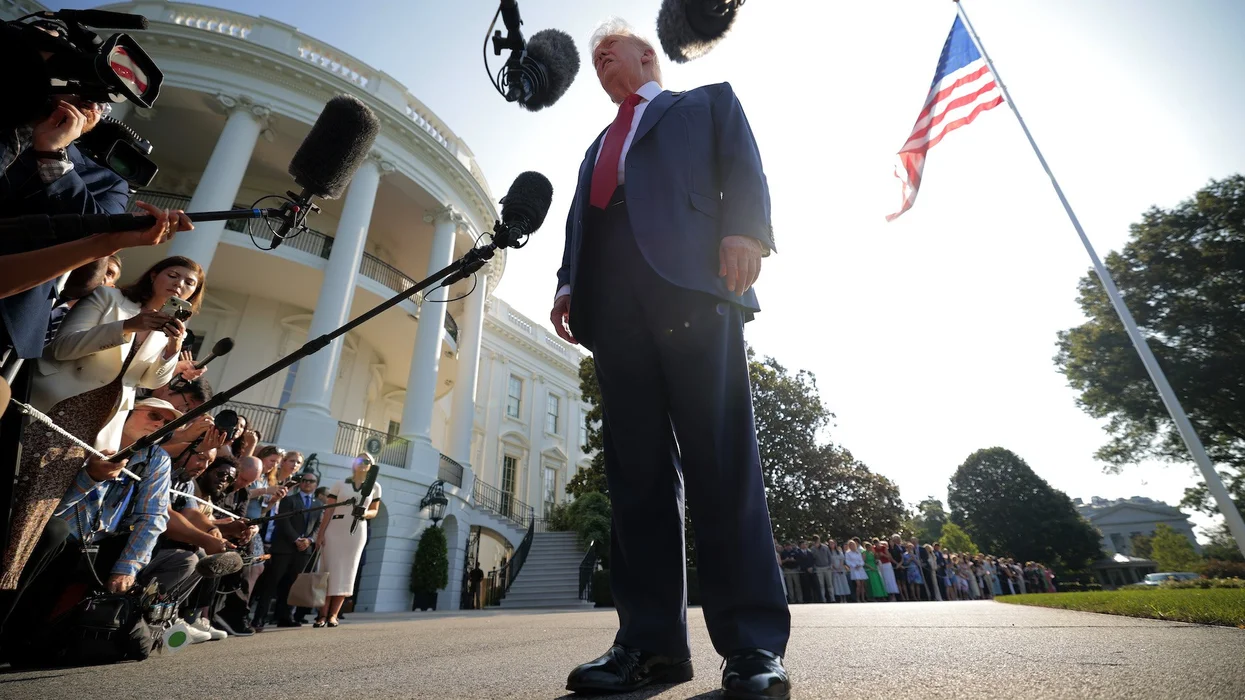
© 2025 Blaze Media LLC. All rights reserved.
"Encourage them to spend more time outdoors as a precaution."
There might be a scientific reason backing why glasses are often included the stereotypical portrayal of a "nerd."
 More than 53 percent of those evaluate who were college educated were also nearsighted. (Photo credit: Shutterstock)
More than 53 percent of those evaluate who were college educated were also nearsighted. (Photo credit: Shutterstock)
German researchers recently found a correlation between the prevalence and degree of nearsightedness and a higher level of education and spending more years in school.
Researchers at the University Medical Center evaluated the eyesight of more than 4,600 Germans between 35 and 74 years old and found nearsightedness, or myopia, increased with the person's level of education. Only 24 percent of those without a high school education were nearsighted while up to 53 percent of college graduates suffered from the condition, which is often debilitating enough to require corrective lenses or surgery.
The researchers did evaluate known genetic markers and found they were a weaker factor in the degree of nearsightedness compared to education level reached.
While recommending less education or years in the classroom might not a good option, the team did suggested that simply going outside more could help mitigate the likelihood or severity of the eye condition.
"Since students appear to be at a higher risk of nearsightedness, it makes sense to encourage them to spend more time outdoors as a precaution," Dr. Alireza Mirshahi, lead author of the study, said in a statement.
This study was published in the journal Opthalmology.
—
Front page image via Shutterstock.
Want to leave a tip?
We answer to you. Help keep our content free of advertisers and big tech censorship by leaving a tip today.
Want to join the conversation?
Already a subscriber?
more stories
Sign up for the Blaze newsletter
By signing up, you agree to our Privacy Policy and Terms of Use, and agree to receive content that may sometimes include advertisements. You may opt out at any time.
Related Content
© 2025 Blaze Media LLC. All rights reserved.
Get the stories that matter most delivered directly to your inbox.
By signing up, you agree to our Privacy Policy and Terms of Use, and agree to receive content that may sometimes include advertisements. You may opt out at any time.





